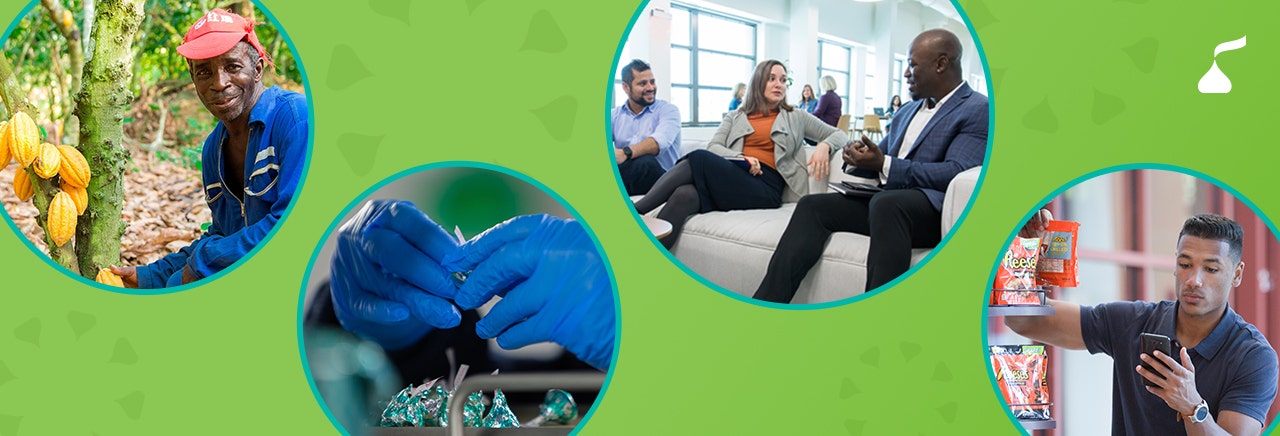Human Rights: Engaging unexpected stakeholders to identify our salient issues
I distinctly remember the first time I heard the word “sweatshop” in the mid-90s. I was a sullen teenager convinced my life was over because my parents wouldn’t buy me a black branded fleece jacket. In my pursuit of the most popular branded clothing articles, I somehow stumbled upon news coverage of a top sports apparel brand’s sweatshop scandal. In an instant, I was abruptly introduced to the concept that the products and services I buy, are inherently connected to the livelihoods and well-being of millions of people around the world.
While I couldn’t have known it at the time, this moment ended up having a significant impact on my personal and professional life. My growing curiosity about the treatment of textile workers would lead me to Cornell University’s School of Industrial and Labor Relations, to the streets of Cochabamba Bolivia, and the homes of garment workers in Guatemala.
These experiences would cement my belief that business could, in fact, be part of the solution when equipped with the right input and stewardship from a diverse set of stakeholders. It is this perspective and belief that I bring to my job at The Hershey Company – and why our recent efforts to develop Hershey’s first global human rights policy has been such an incredible honor.
How we Developed our Human Rights Policy
The role of diverse stakeholder input in tackling global sustainability challenges is not a new concept. Public-private partnerships are, at this point, mainstream in the corporate sector although more common for implementing programs vs. up-front strategy development. To be successful, however, companies are better served by getting early input from organizations with very technical expertise.
We applied this philosophy of up-front input to our approach of developing Hershey’s human rights policy. First, we decided to undertake a formal human rights saliency assessment which is used to identify and prioritize a company’s top human rights issues. We did this for two primary reasons. First, we hoped the process would make the policy more relevant to the nature of our business operations. Second, the involvement of leaders across our business would ensure our organization understood the implications of the policy and the commitments we would outline publicly.
The process itself was challenging yet rewarding, at times humbling, but most importantly offered new perspective on our business and its impact in the world. Following the recommendations in the U.N. Guiding Principles on Business and Human Rights, we engaged a diverse set of employees and business leaders within our company, as well as labor and human rights organizations, government representatives, nonprofits and advocacy organizations (including those who actively campaign against us), and even investors and suppliers. After our research and interviews, we brought more than 20 stakeholders together for a workshop at Hershey to discuss the findings, their implications, and ultimately define our list of salient issues.
What we Learned in the Process
Today, we are excited to share the results of this process with the publication of Hershey’s human rights policy which reflects the thoughtful review and input of several our saliency process stakeholders. More importantly, here is what we learned from involving these stakeholders in the strategic design phase:
- Prioritizing human rights issues is hard. How can you prioritize issues that are present in dramatically different value chains and geographies when human lives are at stake? Using the UNGP lenses of severity (scale, scope, and remediability) and likelihood, we did our best to come up with an imperfect, but good faith, list of rights to consider and address.
- Human rights are inherently interdependent, which creates challenges for any research framework. In our workshop, we discussed the linkages between topics like ethical recruitment and forced labor or wages and freedom of association and collective bargaining. As we worked to develop our framework, our stakeholders pushed us to understand topics outside of our final salient issues that would be critical to making progress.
- Show humility. For Hershey, this meant that some of us would be stretched to think of our operations in a much wider context than our day-to-day job typically requires. For our nonprofit partners, it meant listening and negotiating with other organizations focused on equally important, but different concerns. It was hard to let go of the personal and professional experiences we brought to the table, and the UNGP saliency process served as an important way to table our professional biases and a framework for driving to consensus.
Why it Matters
In the end, perhaps the most important learning for all of us was to start somewhere because this work is too important to the people who love our products, our investors, our employees and society overall to not do something. We simply had to make a decision about the issues we would tackle first as a company but realize we had to do it in partnership with so many of our external stakeholders.
Regardless of what sector you work in, if you care about human rights, you will never be satisfied with the status quo. We must all focus less on the mistakes we most certainly will make and listen more for the diverse viewpoints that will help us fail fast to ensure that those voices who are not in the room can get the justice and livelihoods they deserve.
